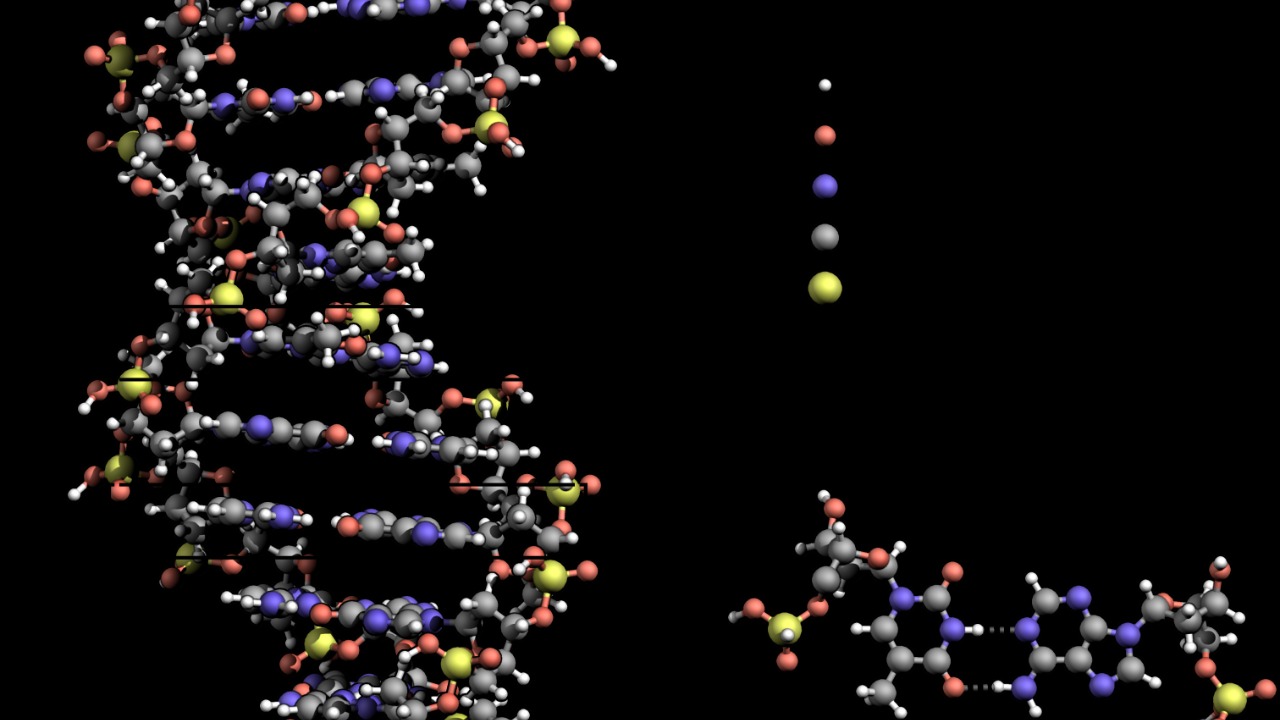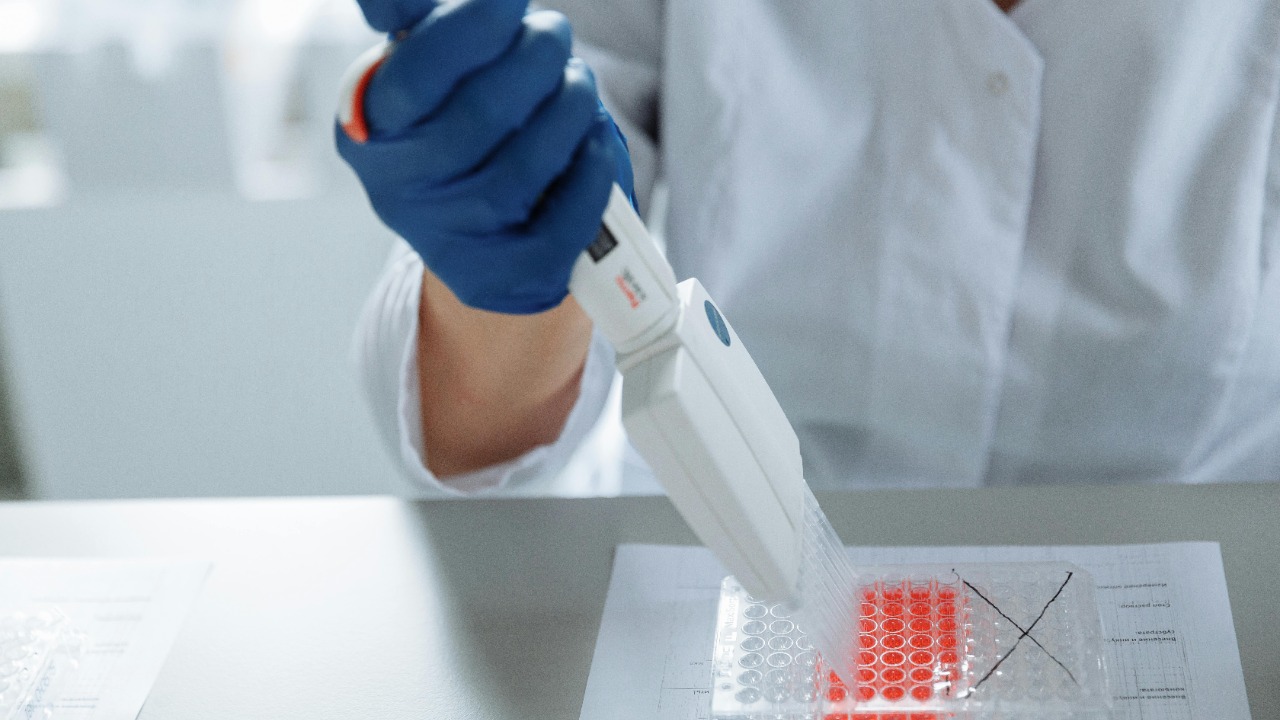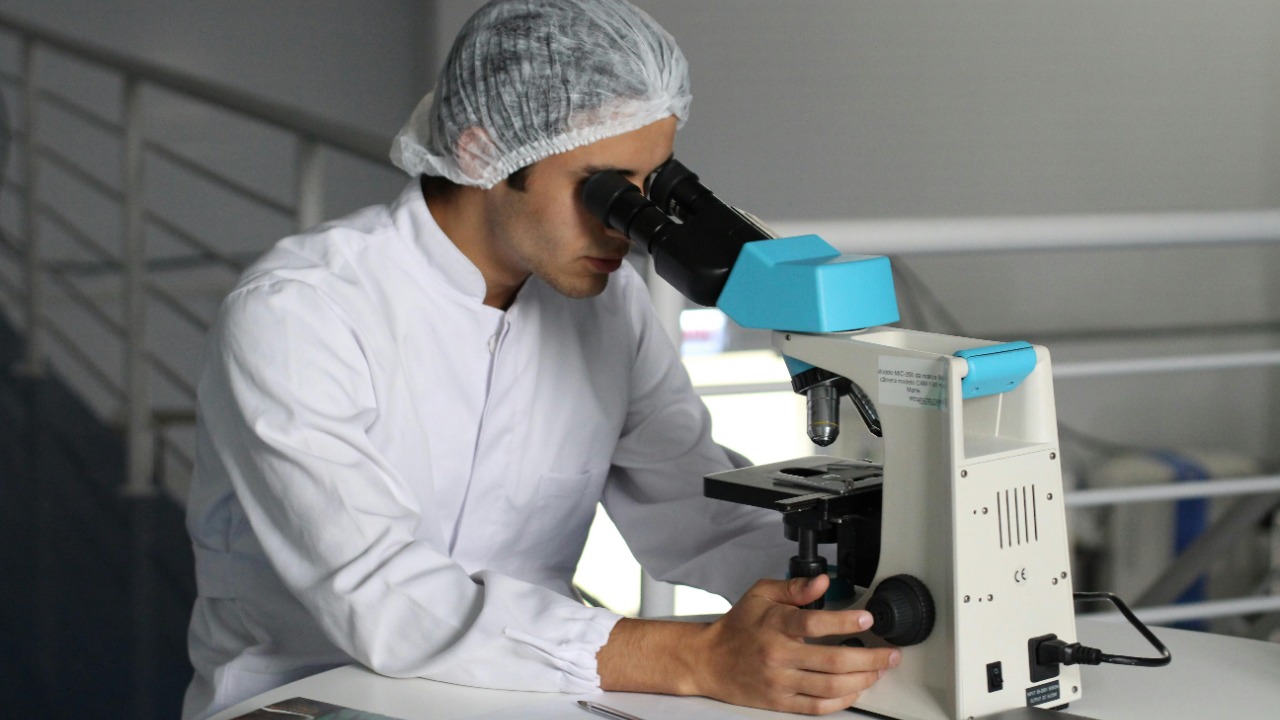
Biotechnology is transforming the landscape of healthcare by providing innovative solutions for curing rare diseases. With advancements in technology and increased investment in research, the biotech industry is offering new hope to patients with conditions that were previously considered untreatable.
Advanced Gene Editing Technologies

Gene editing technologies like CRISPR-Cas9 are revolutionizing the treatment of rare genetic disorders. By allowing precise modifications in the DNA sequence, these tools enable researchers to correct genetic mutations at their source. For example, CRISPR has been used in clinical trials to treat sickle cell anemia by targeting and repairing the faulty gene responsible for the disease.
Such technologies not only offer potential cures but also pave the way for personalized treatment plans tailored to the genetic makeup of individual patients. The ability to edit genes opens up possibilities for treating a wide range of rare diseases that were previously deemed incurable.
Personalized Medicine Approaches

Personalized medicine is a groundbreaking approach that customizes healthcare based on individual genetic profiles. By analyzing a patient’s genetic information, healthcare providers can design treatment plans that are more effective and have fewer side effects. This approach is particularly beneficial for rare diseases, where standard treatments often fall short.
For instance, in the treatment of cystic fibrosis, specific drugs have been developed to target the genetic mutations present in certain patient groups, leading to significantly improved outcomes. Personalized medicine is making it possible to treat rare diseases with a level of precision that was unimaginable a few decades ago.
Breakthroughs in Genomic Sequencing

The advent of genomic sequencing has been a game-changer in the diagnosis and treatment of rare diseases. By providing a comprehensive map of an individual’s genetic code, genomic sequencing can identify the root cause of rare genetic disorders, facilitating earlier and more accurate diagnoses.
With the cost of sequencing continuing to decrease, it is becoming more accessible for clinical use. This accessibility allows for the identification of novel genetic mutations associated with rare diseases, driving the development of new therapies tailored to these specific genetic anomalies.
Development of Targeted Therapies

Targeted therapies have emerged as a powerful tool in the treatment of rare diseases. Unlike traditional treatments that affect the entire body, targeted therapies focus on specific molecules or pathways involved in the disease process, minimizing side effects and improving efficacy.
An example of this is the drug Spinraza, which is used to treat spinal muscular atrophy, a rare neuromuscular disorder. Spinraza works by modifying the genetic expression of a critical protein, leading to improved motor function and survival rates in patients.
Innovative Drug Discovery Platforms

Biotech companies are leveraging innovative drug discovery platforms to accelerate the development of treatments for rare diseases. These platforms utilize advanced technologies like artificial intelligence and machine learning to identify potential drug candidates more efficiently.
For instance, companies like ProQR Therapeutics focus on developing RNA therapies for rare genetic disorders, using proprietary technologies to rapidly advance promising candidates through the research pipeline.
Collaborative Research Initiatives

Collaboration is key to advancing research in rare diseases. Global research initiatives bring together scientists, clinicians, and organizations to share data and resources, significantly accelerating the pace of discovery and development.
Programs like the International Rare Diseases Research Consortium facilitate cross-border collaborations, ensuring that breakthroughs in one part of the world can benefit patients everywhere. Such efforts are crucial in overcoming the challenges posed by rare diseases.
Increased Investment in Biotech Research

Investment in biotech research has surged in recent years, driven by the potential of biotechnology to transform healthcare. This influx of funding is enabling the development of novel therapies and advancing our understanding of rare diseases.
Biotech companies are attracting significant attention from investors, spurring innovation and the commercialization of new treatments. As a result, patients with rare diseases are seeing more treatment options and improved healthcare outcomes.
Regulatory Support for Rare Disease Treatments

Regulatory agencies around the world are recognizing the need for expedited approval processes for rare disease treatments. Initiatives like the FDA’s Orphan Drug Designation provide incentives for companies to develop therapies for rare conditions, including tax credits and market exclusivity.
This supportive regulatory environment encourages biotech companies to invest in the research and development of treatments for rare diseases, ensuring that new therapies reach patients more quickly and efficiently.
Enhanced Diagnostic Tools

Advancements in diagnostic tools are enabling earlier detection and more accurate diagnosis of rare diseases. Technologies such as next-generation sequencing and biomarker analysis are identifying diseases at an earlier stage, allowing for timely intervention and improved outcomes.
For example, the use of liquid biopsies is gaining traction as a non-invasive method to detect rare cancers and monitor treatment response. These tools are transforming the way rare diseases are diagnosed and managed, providing patients with better care and prognosis.
Integration of Artificial Intelligence in Research

Artificial intelligence (AI) is playing an increasingly important role in rare disease research. AI algorithms can analyze vast amounts of data to identify patterns and potential drug targets that would be impossible to discern manually.
Companies are using AI to streamline drug discovery and development processes. For instance, AI-driven platforms are being employed to predict how patients will respond to specific treatments, enhancing the precision and effectiveness of therapies for rare diseases.